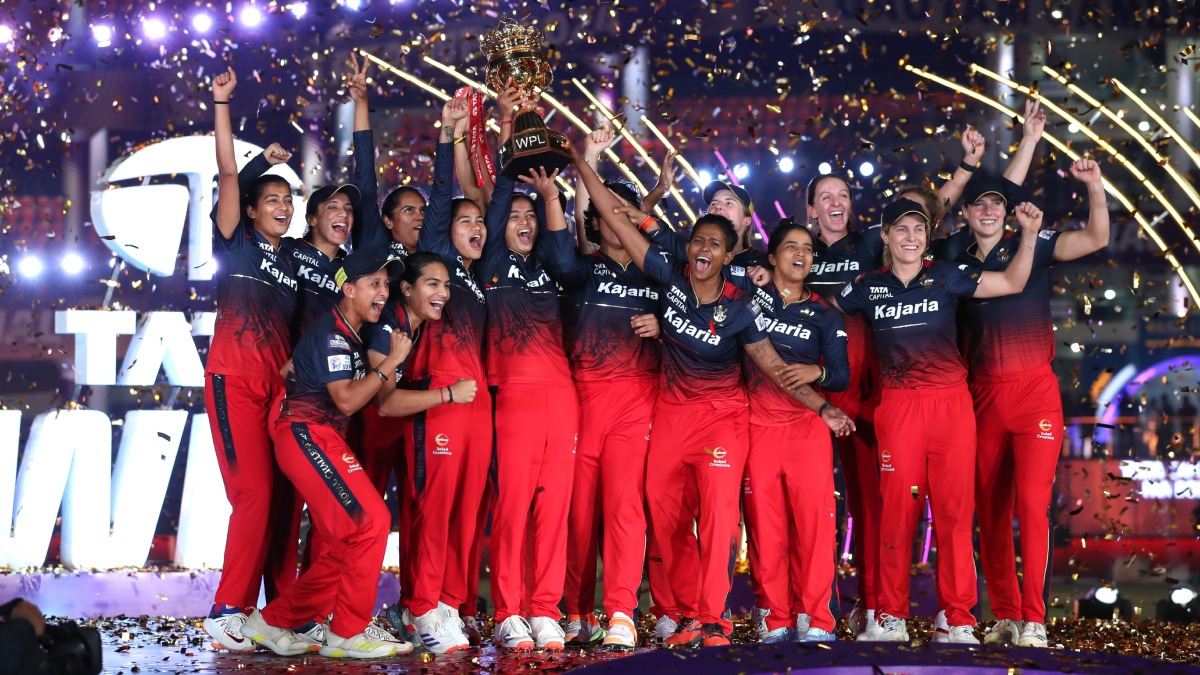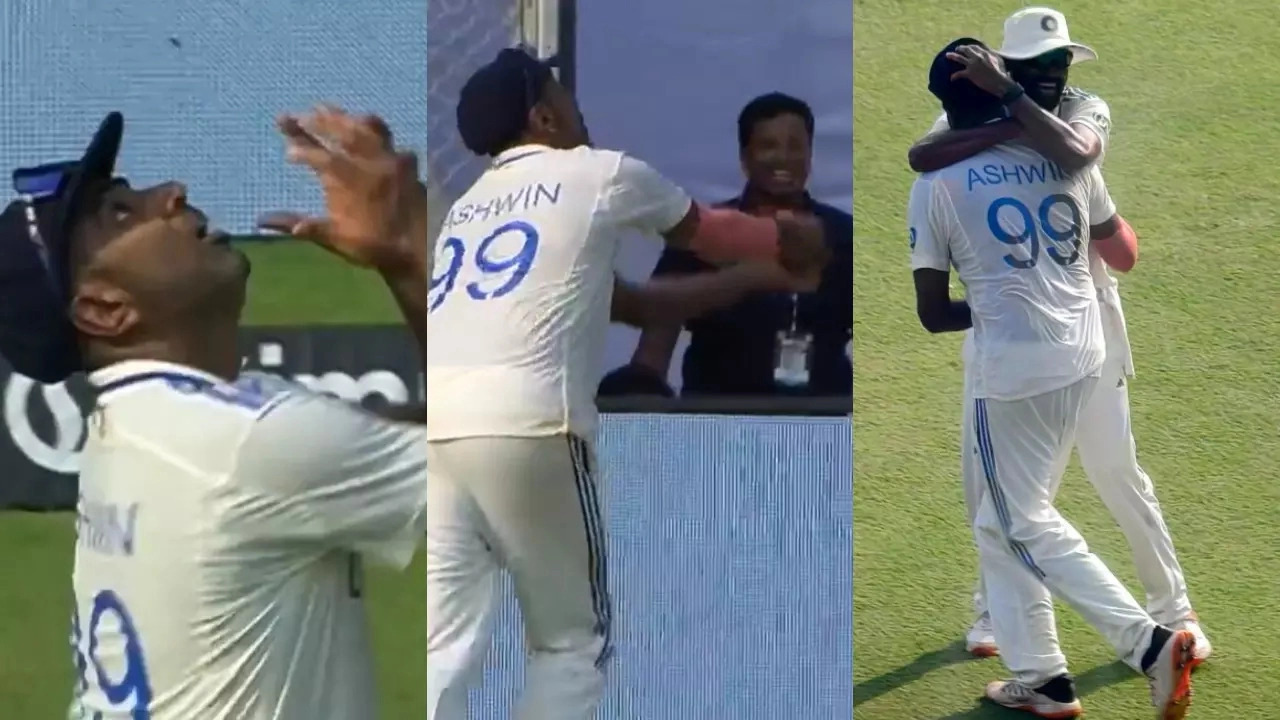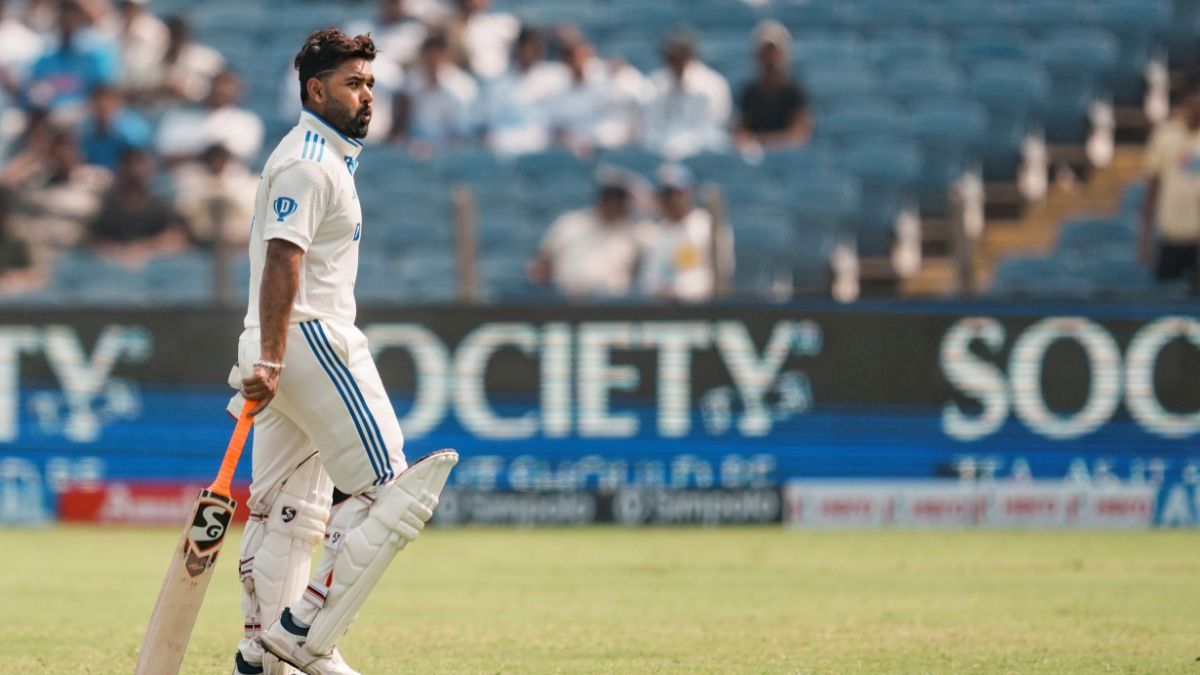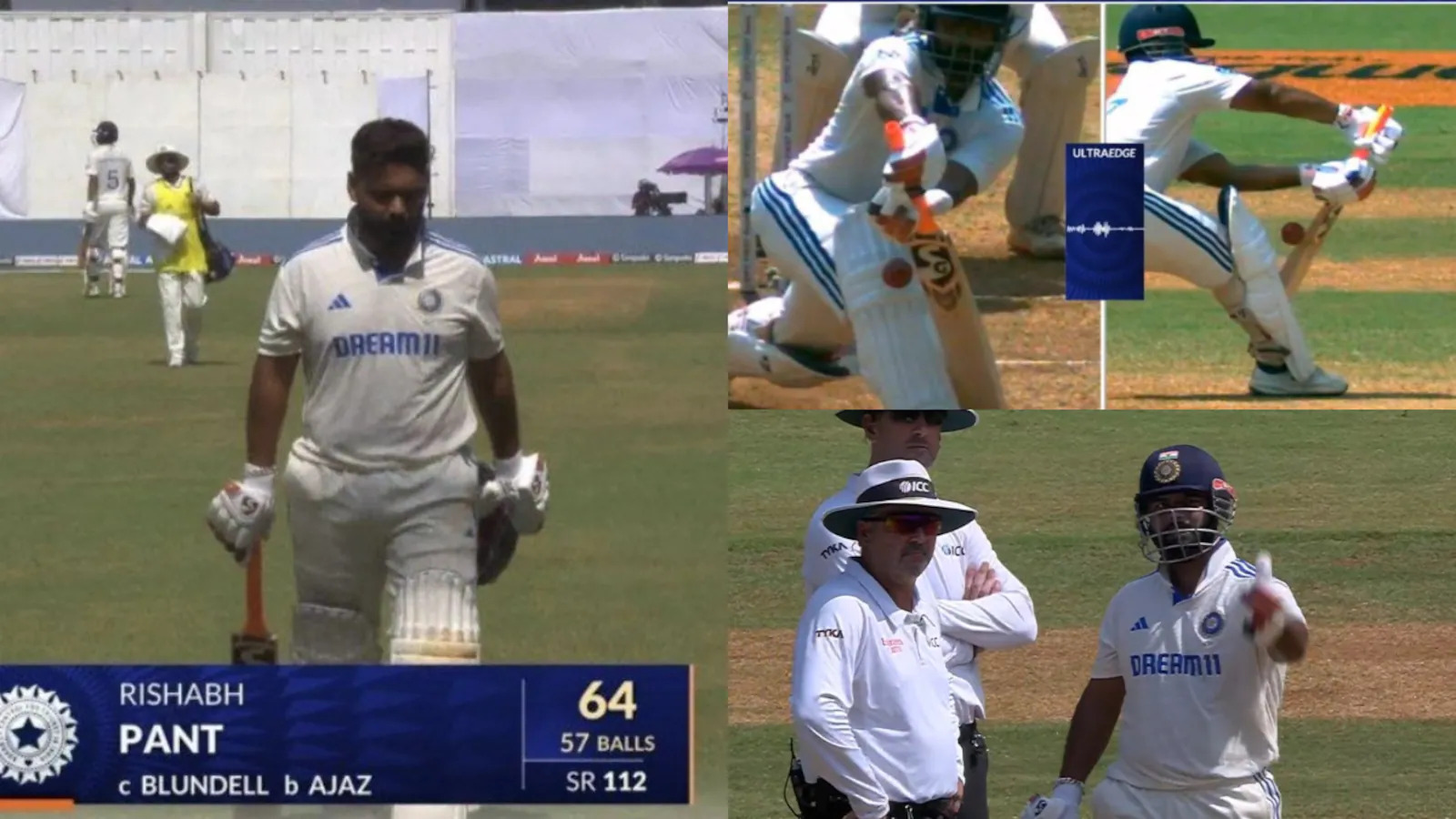Player of the Match and top scorer for South Africa (46 off 44), Heinrich Klaasen, came into the game with his side behind 23/4 and played a vital inning The T20 World Cup 2024 match between South Africa and Bangladesh saw both teams struggle to gain momentum at the bat. By a mere margin of four runs, the Proteas were declared the winners in the end. Klaasen coordinated a team effort to pull his team out of a dangerous scenario with David Miller, who was named Player of the Match against the Netherlands.
That South Africa could only muster 113/6 in their allowed 20 overs during the first innings, especially after winning the toss, is somewhat surprising given a squad known for its aggressive batting lineup full of strength and power. But before making any more assumptions, it’s important to look at the whole picture, particularly the Nassau County International Cricket Stadium’s slow outfield and slow pitch.
During the post-game news conference, Heinrich Klaasen discussed the unique approaches that he and Miller took in their individual innings. Klaasen referred to Miller’s innings against the Netherlands (59* off 51) as a model they followed, drawing comparisons between their style and the disciplined batting usually found in an ODI’s middle overs. They chose to settle in and play at a run-a-ball pace, knowing that a few well-hit strokes over the boundary would greatly increase their strike rate, he observed, departing dramatically from the typical T20 cricket attitude.
“I think David Miller showed us in the previous game against the Netherlands how to bat on this wicket and it’s almost a similar way that we bat in the middle overs in a one-day game,” said Klaasen. Thus, we don’t even remotely think like T20 cricketers. Your only goal is to enter the game and attempt to bat at a run-a-ball. And merely for exceeding the run-a-ball strike rate, we know you’re one or two hits away,” Klaasen remarked.
The main reason we decided to bat first was because of this: Heinrich Klaasen
Generally, one sticks to tried and tested formulas, be it playing combinations, batting and bowling orders, or choices made after winning the toss (particularly if one is playing at a location where prior games have ended in spectacular fashion). Even though South Africa had successfully pursued the run in their previous two matches of the tournament, they decided to bat first this time. Klaasen explained this choice, defending it with an emphasis on the outstanding performance of the Bangladeshi bowlers, who have historically shown themselves to be exceptionally skilled on slow tracks. He praised their skillful application of cutters and slower-ball variations, citing them as some of the best at using those strategies.
Also read: T20 World Cup 2024: SA vs. BAN: Who said what?
“These guys are amazing when the wicket slows down. Thus, the main reason we decided against chasing 120 was this. Bangladesh possesses some of the best cutter bowlers in the world, and its spinners are of excellent calibre, so when the chips are down, they can turn to them. Thus, the primary rationale behind our decision to bat first,” Klaasen continued.











 Win Projections to be updated soon
Win Projections to be updated soon
















